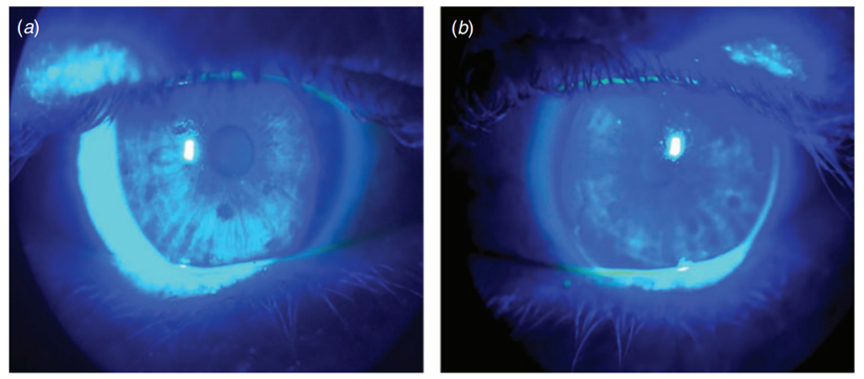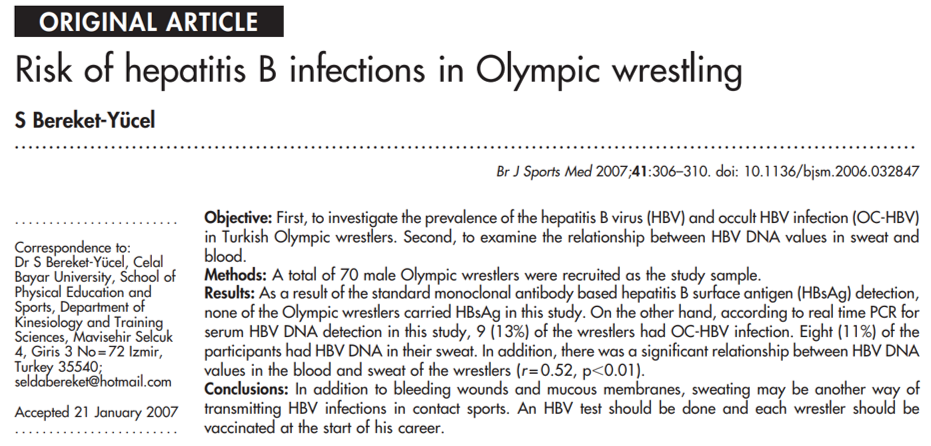Ever gone to Vegas? It is a great place to visit, whether you gamble or not. Dr. Andersen, who lives in Minnesota, loves the weather and usually enjoys spending springtime there for the US Open Wrestling Championship; and this year getting to see Gable Steveson return to the mat and easily handle the recent NCAA HWT Div I National champion was definitely a highlight. Despite this, the city is alive for one reason … gambling. People go there and play cards, slot machines, roulette or bet on sporting events. Some win at these games, but it’s a very slim some, as the vast majority of people lose. The bottom line, gambling is a game about odds and the odds are in favor of the house.
The reality is we take risks every day of our lives, it doesn’t take Vegas for this. Risk of an accident from driving the car to work or school. The risk the airplane will crash when we fly for a summer vacation. But we always weigh out those risks and do everything we can to reduce the odds of injury and death; we wear seatbelts in the car or we fly on a reputable airline with a good track record. The same holds true with vaccinations. We need to weigh out the risks versus the benefits and determine if they are right for us and our loved ones.
- Given the nature of the beast, athletic events are frequent causes of outbreaks of communicable diseases
- Many communicable diseases that used to cause large amounts of death and disability now have safe and effective vaccines to prevent these complications
- While vaccinations can have side effects, the VAST majority of these side effects are mild and self limited and pale in comparison to the complications that can occur with being infected with the actual disease
Continue Reading: 10min Read
Measles
The 2014/2015 outbreak of measles at Disneyland prompted an outcry from both sides of the issue.1 First of all, measles outbreaks have been well documented in the past. It spreads via respiratory droplets from coughing and infecting those in close proximity. Typically infected individuals develop signs of an upper respiratory infection, then a rash develops on the face along with the classic plaques that occur inside of the mouth. Unfortunately, especially in unvaccinated children and elderly patients, more severe complications can ensue including pneumonia (much of the time requiring hospitalization), encephalitis (i.e. infection of the brain, which commonly will result in permanent neurological damage), and death.2 Prior to vaccinations in 1963, measles cases were at 30 million per year worldwide and caused 2 million deaths per year worldwide.3 Needless to say with the advent of vaccination, this disease is virtually gone in areas with high enough vaccination rates; some areas without access to vaccination are still inundated, as evidenced by measles being a leading cause of blindness in children in Africa.2 Now-a-days the medical community is seeing outbreaks occur mainly from under-immunized communities, which mainly (88% of all cases) are from ‘close-knit’ communities of people who refuse the vaccination.4 Recent review of vaccination rates for measles show that in seven states and the Washington, D.C. area, there are fewer than 90% of children entering kindergarten that have been vaccinated.5 Add to that a high rate of transmission and the risk of getting infected is quite high. In fact a recent review of the literature shows that measles still accounts for 5% of all infectious diseases that occurred from sports participation!6
Figure 2 Measles is still a leading cause of blindness in parts of Africa.
On the other hand, when a community has a high enough rate of vaccinations (for measles this equals about 93-94%) you develop what is called herd immunity and the infectious disease is virtually eliminated as a health threat from that population.2 And those who chose to depend on herd immunity and not get vaccinated are depending on everyone else to ‘protect them’ from getting the virus. Table 1 helps lay out the odds. It compares the small potential for mild adverse events from the measles vaccination to the larger potential for serious and deadly complications of a measles infection.
Hepatitis B
Another concern is a preventable infection from a virus called Hepatitis B. Hep B is spread from blood and body secretions. Acutely, the liver becomes inflamed and you develop a fever, achiness, fatigue, yellow eyes (jaundice) and abdominal pain. Following this initial infection, 95% of people will be able to fight the virus completely off and clear it out of their system, but another 5% can become chronic carriers that can potentially spread the virus to others and additionally carry the long term risk of developing fulminant liver failure, liver cancer, and death.7,8 We presently vaccinate for it in the first 1-2 years of life, a three shot series that, in some studies, is nearly 100% effective in preventing infection!9 Now consider the number of times we have bleeding in contact sports, and remember there’s a reason wrestling itself has a special rule for allotted blood time.
Conclusion
Conclusion
While these are only two examples of the current vaccine-preventable diseases, the message is the same with the others. If you consider herd immunity will protect you, well, depending on where you live and what activities you participate in you may be right. That said, few activities that are more intimate than grappling/wrestling sports. What’s more is those wanting to rely on herd immunity are at more risk then prior given the increase in the anti-vaccination trend over the past 20 years.10
So, yes, while most of us reading this article live in countries where the decision is ours to make, if you want our advice, as medical experts, roll as safely as you can and put the odds in your favor – get vaccinated. Remember, in Vegas you just lose money. When it comes to these infections, you or a loved one may just lose so much more!
References
- Zipprich J, Winter K, Hacker J, Xia D, Watt J, Harriman K; Centers for Disease Control and Prevention (CDC). Measles outbreak–California, December 2014-February 2015. MMWR Morb Mortal Wkly Rep. 2015 Feb 20;64(6):153-4. Erratum in: MMWR Morb Mortal Wkly Rep. 2015 Feb 27;64(7):196. PMID: 25695321.
- Bester JC. Measles and Measles Vaccination: A Review. JAMA Pediatr. 2016 Dec 1;170(12):1209-1215. doi: 10.1001/jamapediatrics.2016.1787. PMID: 27695849.
- Berche P. History of measles. Presse Med. 2022 Sep;51(3):104149. doi: 10.1016/j.lpm.2022.104149. Epub 2022 Nov 20. PMID: 36414136.
- Centers for Disease Control and Prevention. Epidemiology and Prevention of Vaccine-Preventable Diseases. Hall E., Wodi A.P., Hamborsky J., et al., eds. 14th ed. Washington, D.C. Public Health Foundation, 2021.
- Seither R, Laury J, Mugerwa-Kasujja A, Knighton CL, Black CL. Vaccination Coverage with Selected Vaccines and Exemption Rates Among Children in Kindergarten — United States, 2020–21 School Year. MMWR Morb Mortal Wkly Rep 2022;71:561–568. DOI: http://dx.doi.org/10.15585/mmwr.mm7116a1
- Turbeville SD, Cowan LD, Greenfield RA. Infectious disease outbreaks in competitive sports: a review of the literature. Am J Sports Med. 2006 Nov;34(11):1860-5. doi: 10.1177/0363546505285385. Epub 2006 Mar 27. PMID: 16567462.
- Tripathi N, Mousa OY. Hepatitis B. [Updated 2022 Jun 11]. In: StatPearls [Internet]. Treasure Island (FL): StatPearls Publishing; 2023 Jan-. Available from: https://www.ncbi.nlm.nih.gov/books/NBK555945/
- Tang LSY, Covert E, Wilson E, Kottilil S. Chronic Hepatitis B Infection: A Review. JAMA. 2018 May 1;319(17):1802-1813. doi: 10.1001/jama.2018.3795. Erratum in: JAMA. 2018 Sep 18;320(11):1202. PMID: 29715359.
- Centers for Disease Control and Prevention. Epidemiology and Prevention of Vaccine-Preventable Diseases. Hall E., Wodi A.P., Hamborsky J., et al., eds. 14th ed. Washington, D.C. Public Health Foundation, 2021.
- Hussain A, Ali S, Ahmed M, Hussain S. The Anti-vaccination Movement: A Regression in Modern Medicine. Cureus. 2018 Jul 3;10(7):e2919. doi: 10.7759/cureus.2919. PMID: 30186724.
- Ong APC, Watson A, Subbiah S. Rubeola keratitis emergence during a recent measles outbreak in New Zealand. J Prim Health Care. 2020 Sep;12(3):289-292. doi: 10.1071/HC20013. PMID: 32988451.
- Figures were created/adapted Dr. Walls, images were used with creative common licensing otherwise.








Recent Comments